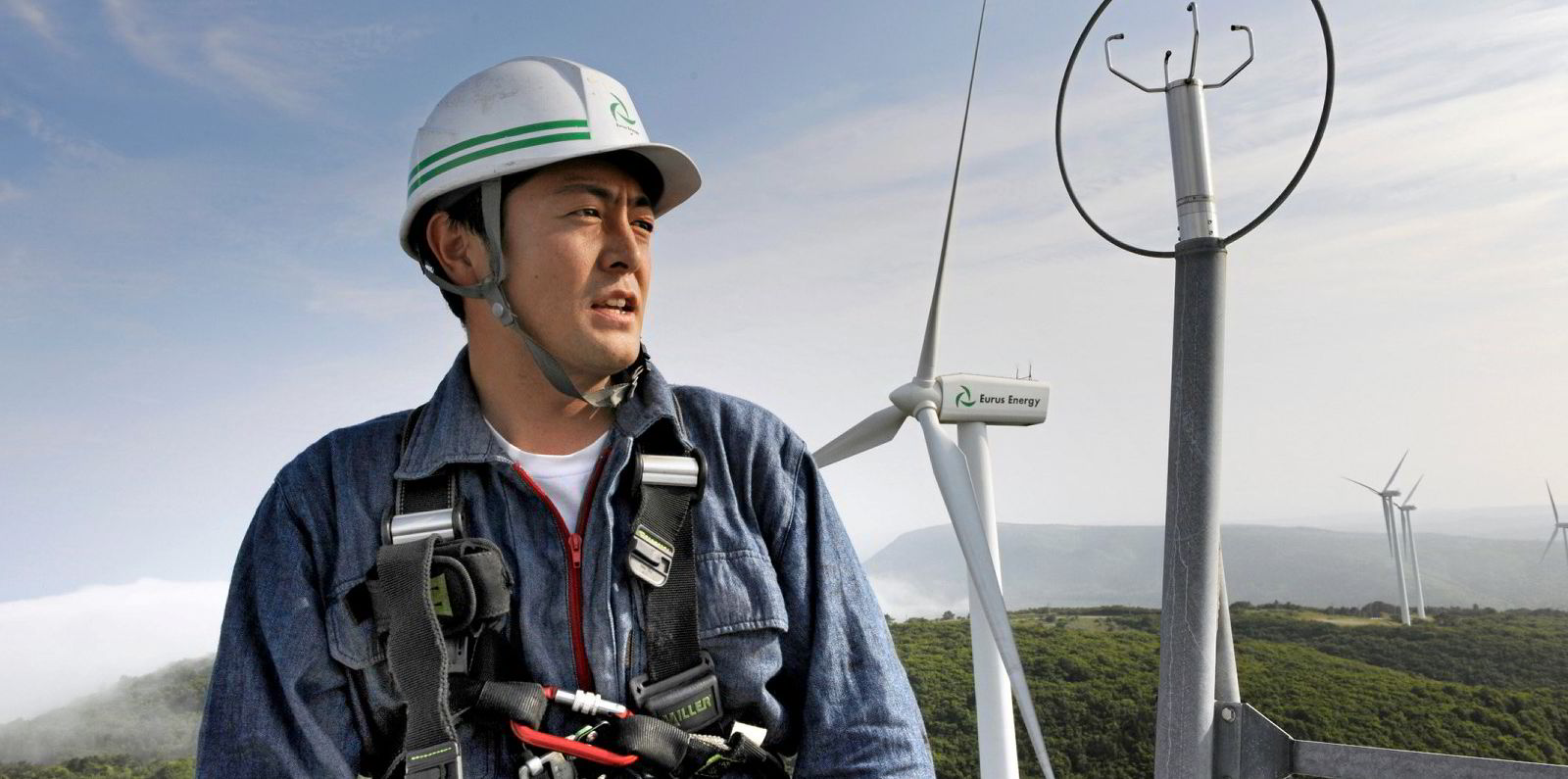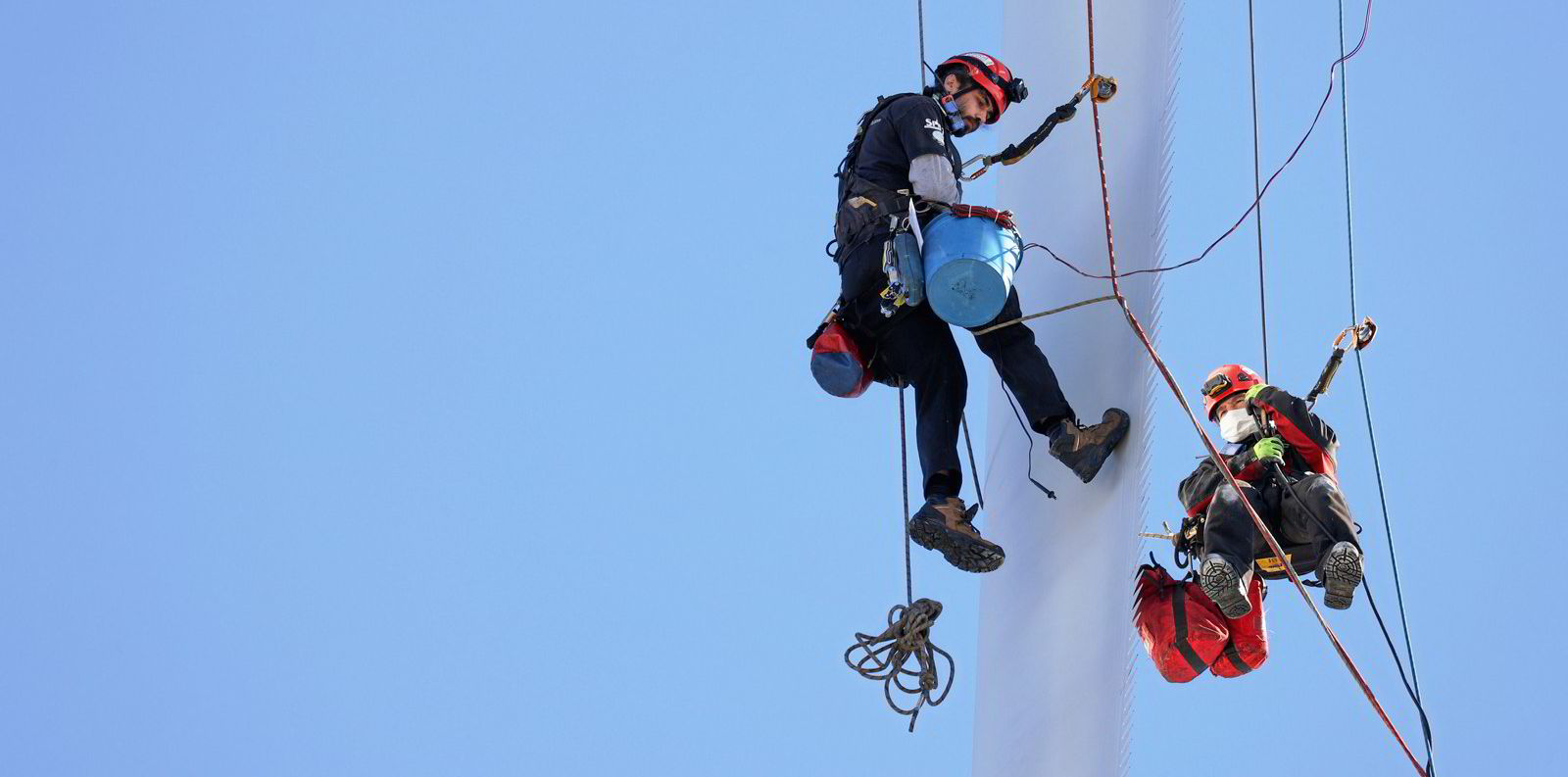Offshore wind ramped up project build-rates despite the logistical pressures of the pandemic in 2020 while also raising safety standards, a new report has found, with almost 50% more hours-at-work clocked by the sector but the lowest number of accidents in its history.
Data recorded by global safety organisation G+ revealed that despite he higher construction levels the industry’s health and safety perforce “remained resolute”, with the lowest number of ‘high potential incidents’ (HPIs) since 2015, and a 19% reduction in HPIs and injuries from 2019.
Last year also saw the lowest number of ‘recordable’ injuries, with less than 100 occurring for the first time since G+ benchmarking began.
“The real progress industry achieved last year in its safety performance is testament to the hard work of G+ and its members,” said G+ chair and VP of safety, security and sustainability at Equinor Renewables, Tove Lunde.
“While this progress is welcome, G+ is uncompromising in its focus on maintaining industry safety, particularly as we emerge into a post-Covid world and offshore wind capacity continues to expand.”
Nick Wayth chief executive of the Energy Institute (EI), home to the G+ secretariat and developer of the Toolbox software used to provide ‘incident lessons’ to the organisation’s member companies, added: “As the deployment of offshore wind soars, we must always have the safety of the growing workforce as the main priority.
“Working in marine environments and at height pose a particular challenge, so this new data is reassuring.
“The EI is particularly pleased this past year to start bringing the incident data to life through Toolbox, our web app which puts bitesize incident lessons in the hands of those on the front line who need it.”
G+ member companies hand in incident data on a quarterly basis, which is then anonymised for analysis by the EI.



